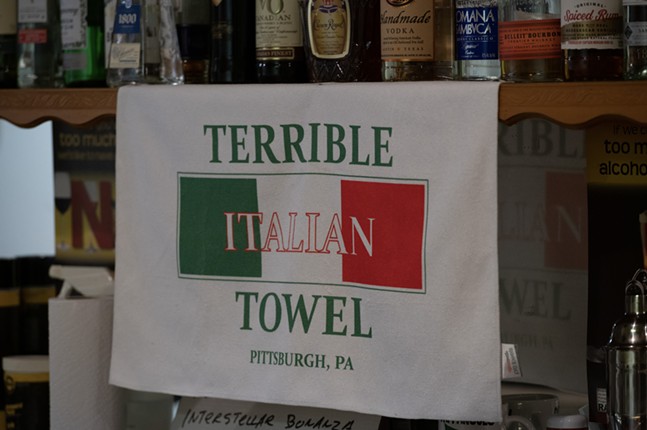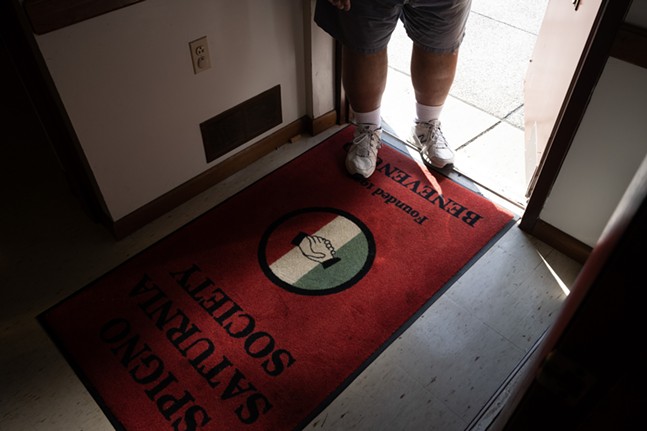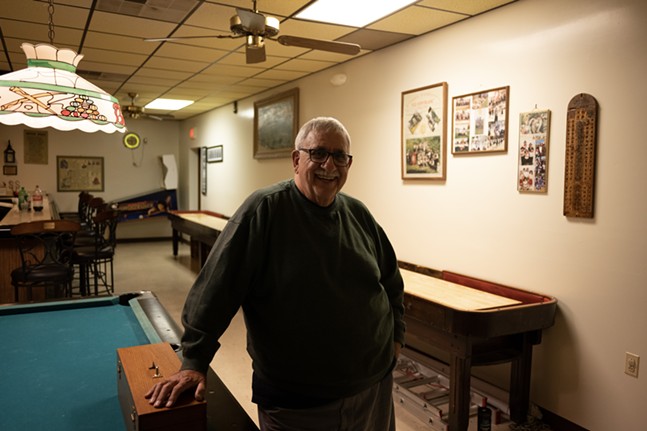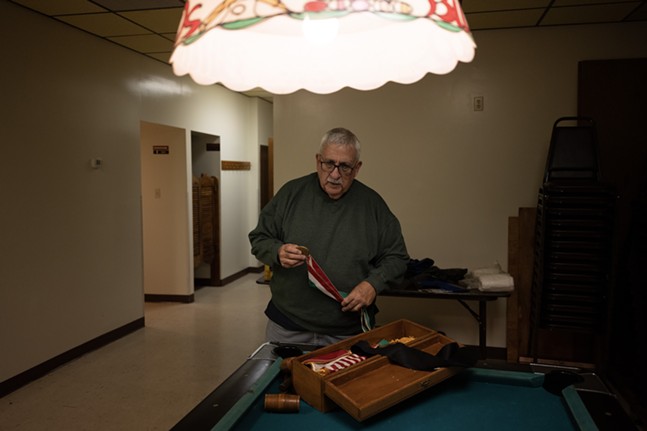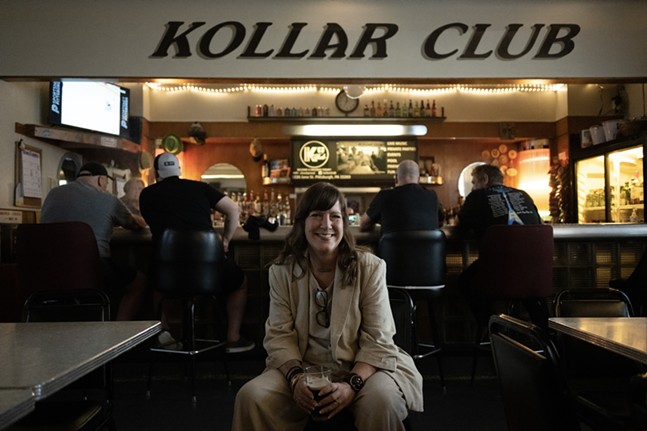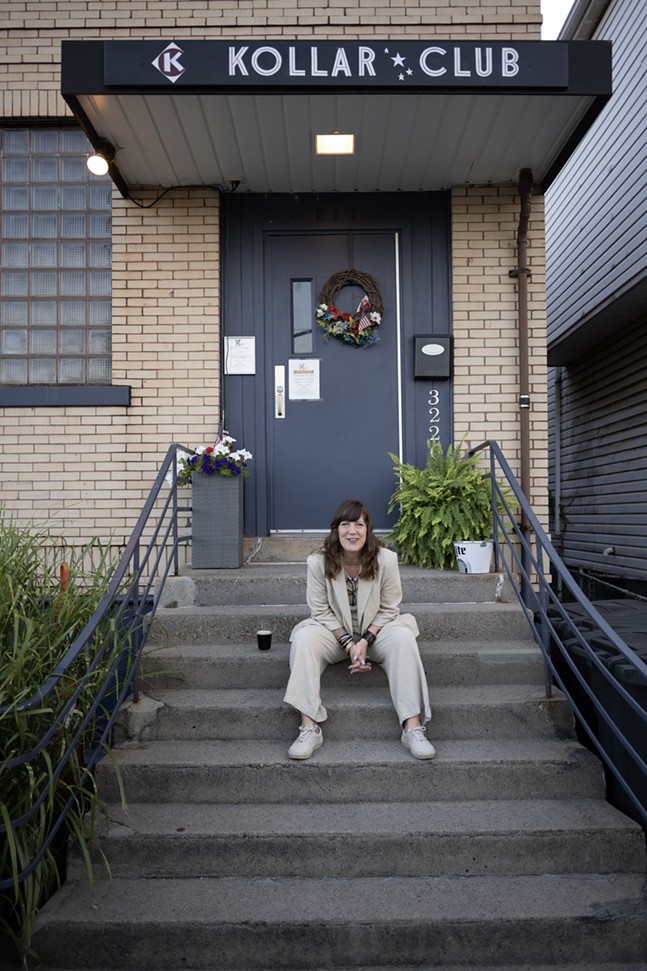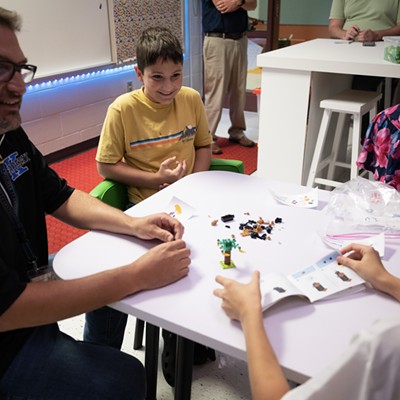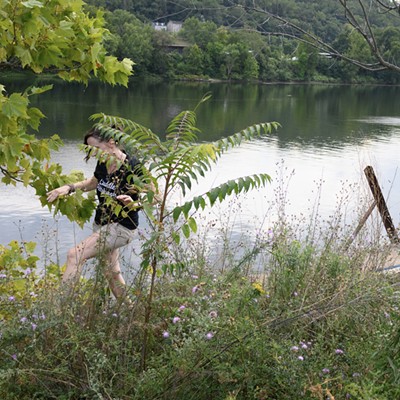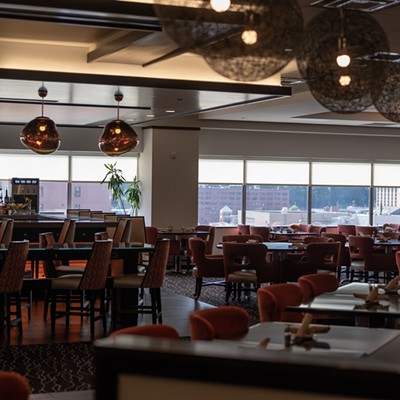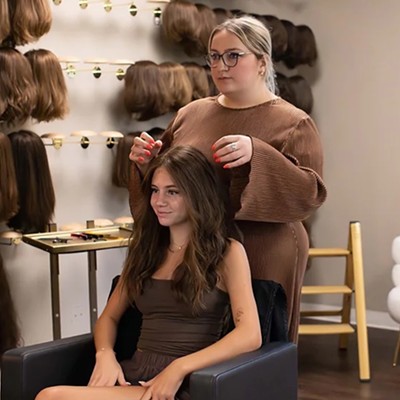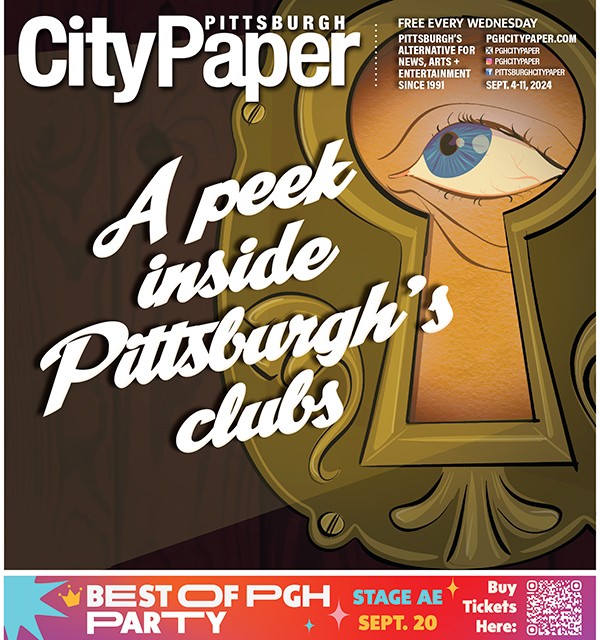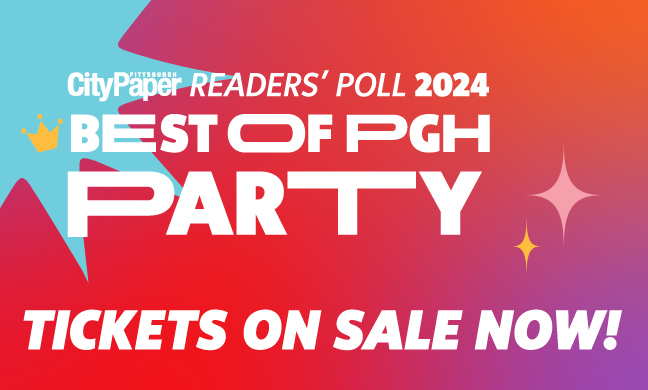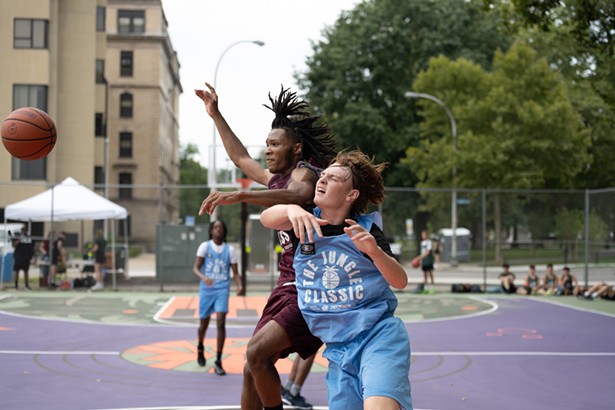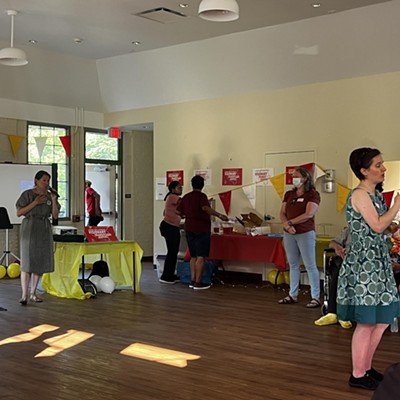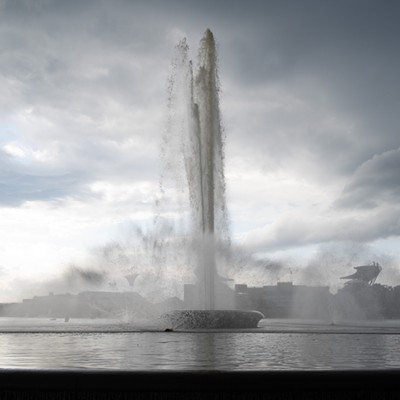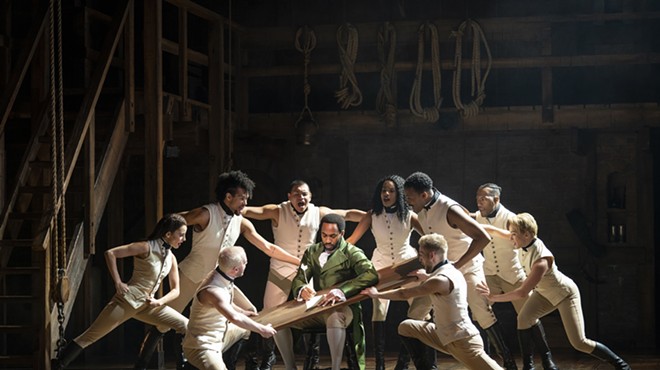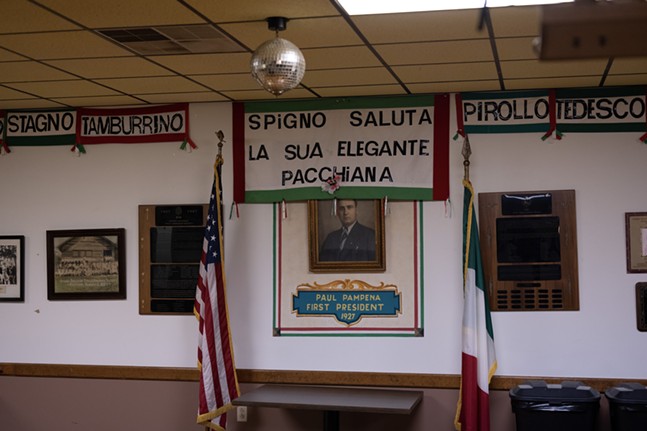
There are few cultural institutions that connect Pittsburgh’s present to Pittsburgh’s past as thoroughly as the city’s ethnic social clubs. They are baked into yinzer DNA as firmly as they are rooted in the city’s neighborhoods. Their stories are individual chapters in Pittsburgh’s history of immigrants and industry.
The clubs occupy landmark buildings like the North Side’s Teutonia Männerchor, quotidian concrete block boxes like the South Side’s Kollar Club and Morningside’s Spigno Saturnia club, and repurposed homes like the FROGS clubhouse in Larimer. The clubs belonged to German, Slovak, Italian, and Black migrants from Europe and the Deep South. Though language and cultural traditions set them apart, they all share an origin story: the need to adapt and thrive in a foreign, sometimes hostile city. They also have evolved through time to become valued cultural assets in a post-industrial city.
Refuges and community cornerstones
Pittsburgh became the Steel City and Smoketown because of the industries that developed along the three rivers in the 18th and 19th centuries. The ironworks and, later, steel mills, glass plants, and tanneries attracted many workers from Europe and the Deep South.

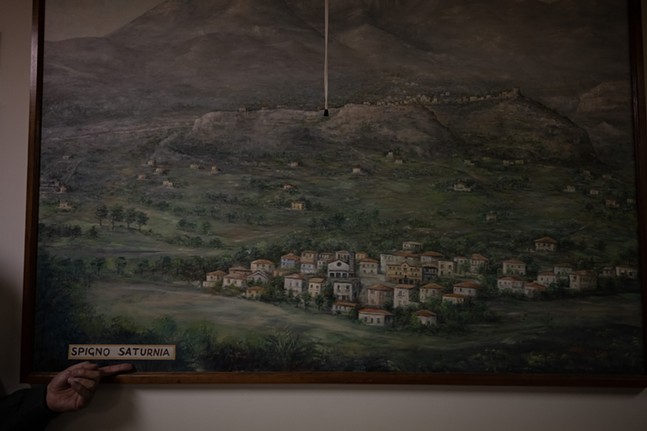
“Virtually everybody in the city is an immigrant or the children of an immigrant,” says University of Pittsburgh historian Rob Ruck. “The clubs are vital to that community in a number of ways.”
Ruck and his Pitt colleague Edward Muller recently wrote Pittsburgh Rising: From Frontier Town to Steel City 1750-1920, a book documenting the city’s early history. Bloomfield’s Little Italy was one of the stories they highlighted.
“They're essential to the immigrant experience in Pittsburgh and elsewhere,” Ruck says.
“The reason that they started in the first place, in many cases, is simply to have death and health benefits,” Ruck explains. “People would join a club, they'd contribute a couple of cents a week, and there would be a death benefit, so that, when somebody died, they could have a proper burial and departure. Those groups often would provide some kind of insurance when people were injured and couldn't work.”
Melissa Marinaro agrees. She directs the Heinz History Center’s Italian-American Program.
“Mutual aid is a really important theme,” says Marinaro. “Because, at the time, we didn't really have that built into the American system for many of these laborers who were working some of the most dangerous and undesired jobs in the region.”
For South Side Slovaks who settled there in the 1880s, language was a major factor in establishing the John Kollar Slovak Literary & Library Society of Pittsburgh. Its 1913 charter laid out the club’s goals to create a society to “cultivate literature and music” and to raise “the moral standard and education among the Slovac [sic] youth and Americans of Slovak descent.”
Slovak immigrants also struggled against significant ethnic biases. “Hunky” became a despised and sometimes defiantly accepted ethnic slur. “They are not citizens, settle in colonies, and wherever they are there it is we find the most lawlessness,” wrote the Allegheny City (now, the North Side) Public Safety Director in 1892.
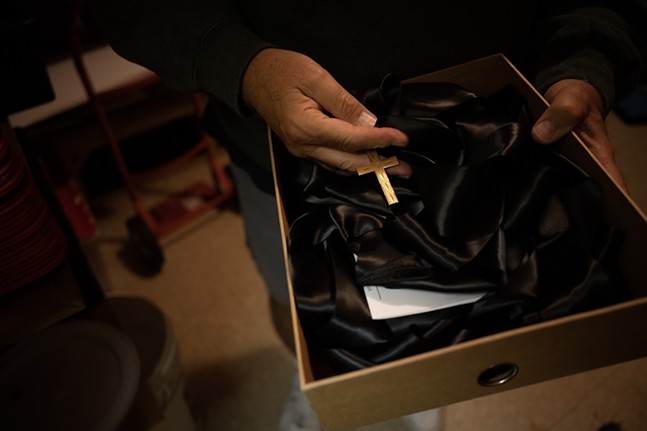
The Teutonia Männerchor, Spigno Saturnia, and Kollar clubs are among a handful of clubs with deep ties to Pittsburgh’s history that have survived demographic and cultural shifts in the city. Since their founding, they have opened their membership rolls and social halls to wider groups of people.
Because many of them held precious liquor licenses, they were able to take advantage of Pennsylvania’s peculiar liquor laws. Social club halls became places where members and their guests could drink after bars closed at 2 a.m. and on Sundays. Those laws also made the social halls and club charters valuable commodities to entrepreneurs, who later operated after-hours clubs and nightclubs catering to the city’s LGBTQ communities.
Carnegie Mellon University historian Harrison Apple documented the history of Pittsburgh’s LGBTQ club scene. He draws a straight line from early ethnic social clubs to Pittsburgh’s earliest LGBTQ clubs in the 1960s.
“The concept of the social club/drinking club is a ubiquitous part of Pittsburgh’s urban working class social history,” Apple wrote in his 2021 CMU Ph.D. dissertation.
The new Italian village
Spigno Saturnia is a town in southern Italy. It’s also the name of a social club founded in 1926. “The adjective for someone from Spigno is spelled Spignese,” wrote club secretary Chris Pirollo in an email to Pittsburgh City Paper.
The Spignese settled in East Liberty and Larimer, where Pittsburgh’s earliest Little Italies formed. Marinaro underscored the importance of the Italian towns Pittsburgh clubs.
“From the Italian-American perspective, many of the clubs came out of a need for mutual aid,” Marinaro says. “The socialization aspect of it was certainly important, but for many of the clubs, these were resources [for] Italian-Americans” who often originated from one town.
“In order to belong to our organization, you must be able to trace your roots back to the town of Spigno Saturnia,” explains club president Tony Stagno.
Their club began with 13 men playing cards in an East Liberty home. “They took a gallon of wine, put their hands together in brotherhood … and poured it over their hands,” says Stagno.
In its early years, the club provided medical care and burial benefits to members. Then came the picnics, parties, and meals — lots of meals. Like other social clubs, Spigno Saturnia used money made from its liquor license and events to fund the club’s charitable work.
Spigno Saturnia’s Morningside clubhouse is the club’s third building in a century. It’s what distinguishes them from many other Italian clubs in the city, which hold events in spaces owned by other organizations.
“One of the things that we have in our building is we have a bar and then we have a dining area, and the dining area holds about 120 people,” says Stagno. “So what keeps us different is that we have a building and when other groups come in, they look around and they see the names, they see the pictures on the wall, they see the plaques, they see that we celebrate our past.”
The club in Hunky Hollow
“What was beautiful about this area is, first of all, it was called Hunky Hollow because of immigrants,” explains Kollar Club president Jessica Cieslak-Moore. “We still call it Hunky Hollow.”
Cieslak-Moore’s grandfather, Charles Cieslak, was a Kollar Club charter member. Her father grew up in a Jane St. apartment a few blocks away from the clubhouse, and she lives in a home behind the club that she bought from her parents.
“It was to have a social meeting place for and to teach immigrants the language,” Cieslak-Moore says. The club drew its name from a famous Slovakian poet, Ján Kollár, who lived from 1793 to 1852, but “everybody thinks that John Kollar is a local.”
Since its founding in 1912, the club has had close ties with several South Side churches where men from the glee club sang. They had a baseball team that played in Kollar Field on a hillside overlooking what’s now a Duquesne Light substation.
Many of Hunky Hollow’s men worked in the J&L mill across the railroad tracks. In their off hours, they’d be at the club’s bar, playing baseball or shooting dice in the tunnel beneath the railroad tracks. In the club, members could buy a number from the neighborhood bookie, whose photo is in one of the club’s scrapbooks.
Gambling, drinking, sports, and socializing were the ways that Pittsburgh’s industrial workforce passed time.
To keep the Kollar Club alive, they continue to host concerts and other shows to get people in the door. Musician Bill Toms is a regular performer and a longtime member.
Deutschtown Singers
The Teutonia Männerchor hall is a prominent half-timbered landmark for people entering the North Side from Route 28 and the 16th Street Bridge. Translated into English, its name means German Men’s Choir.
Founded in 1854 and incorporated in 1887, the Männerchor is one of Pittsburgh’s oldest ethnic social clubs. It’s been at the same site since then, and the surrounding neighborhood continues to be known as Deutschtown for its ties to the German community that coalesced there in the 1830s.
“It was a place for people to gather,” says Carole Ashbridge, the club’s historian. Her great-grandfather, Pastor Carl Weitershausen, was a founder. The club was a place where German traditions, including singing and beer culture, could thrive.
In its early years, the club hosted singing events and its members competed nationally in singing competitions. “The singers of the Teutonia Männerchor are in the first ranks of the German singing societies,” wrote the The Pittsburgh Press in 1905. “The entertainments given by the Teutonia Männerchor, of Allegheny, are always attended by a large part of the best German-American element of the North Side.”
The tradition continued through the 20th century and weathered anti-German sentiments that arose during the two World Wars. Throughout its long history, members provided financial support during multiple crises, including fires and floods that swept through the North Side in the 1800s.
It remains a vibrant part of Pittsburgh’s social world. One of many German singing clubs in the city, the Männerchor’s role later expanded. “It transitioned from singing into becoming a real social club, which is what it is today,” explains Ashbridge. “I mean, there's still the singing part of it, but the social part of it has kind of overstepped that at this point.”
FROGS, Elks, and Masons
Black migrants to Pittsburgh frequently faced more challenges than their European counterparts. They got the worst and most dangerous jobs in the mills, and Jim Crow practices pushed them into redlined areas such as the Hill District.
“Racism is structural, and it's a structural force in society,” explains ethnomusicologist Colter Harper. “If you had a local branch of, say, the Elks or the Masons, those were segregated.”
Harper, a former Rusted Root guitarist, wrote a history of jazz in Pittsburgh. “I know more about this in terms of the musicians union, but you had two separate locals of the American Federation of Musicians because the white local would not accept Black members.”
Many of Pittsburgh’s early Black fraternal organizations became entertainment venues, booking bands and hosting dances for members and others. The Loendi Club was one of those venues. Founded in 1897, the club owned a hall in the Lower Hill District. Its members were drawn from Pittsburgh’s Black elite: doctors, lawyers, and business owners.
Urban renewal ended the Loendi Club’s run in the 1950s.
The FROGS Club is a survivor. Founded in 1910, it held its early meetings inside the Loendi Club building. In 1915, the club began holding annual summer celebrations that attracted revelers from around the country. FROG Week featured picnics, concerts, dances, and educational programs.
In 1990, the FROGS moved into their current East Liberty clubhouse: a funeral home where a Prohibition-era bootlegger and gambler had once lived. Its website is an archive of FROGS activities and photos of current members. A FAQ reads, “The high purpose of the FROGS Club is to have fun.” (The club didn’t respond to City Paper’s requests for an interview.)
Black residents also formed less exclusive clubs as branches of national organizations. The North Side Elks Lodge, which owned a building on Wylie Ave., opened its hall for public dances Wednesday evenings in the 1930s, according to a 1936 University of Pittsburgh study.
Going underground
As memberships dwindled and club leaders struggled to pay their bills, many organizations shut their doors and folded. Some sold their charters and buildings. Using Pennsylvania’s quirky liquor laws, which grant social clubs extended hours, some new proprietors turned the clubs into after-hours clubs where booze and drugs flowed freely.
The New Era Club in Sheraden was one of those clubs. Founded in the 1930s as a chapter of the Italian Sons and Daughters of America, the New Era sold its charter and clubhouse. It became an after-hours club that police raided in 1997. Club employees faced drug, liquor, gambling charges, and weapons charges.
Vice, though, wasn’t new to the city’s ethnic clubs. Pittsburgh’s newspapers regularly reported on raids during and after Prohibition. The clampdown on drinking pushed some clubs into illegal drinking and gambling as their only activities.
Squirrel Hill’s Beacon Club was an early player in the city’s vice scene. Heinz History Center archivist Eric Lidji told CP that the city’s Jewish immigrants didn’t create secular social clubs like other groups. Pittsburgh’s Jews hewed closely to their synagogues and schools.
Except for the Beacon Club. “Beacon Club organized by Jews of City,” reported the Pittsburgh Daily Post in 1927. The club described itself as a group of Jewish voters. Its charter said that it was formed to maintain “a club for social enjoyment, the study of political economy and the discussion of public questions.”
Within a decade, the Beacon Club had dropped any pretense of civic respectability. Between the late 1930s and the 1980s, it became a regular hangout for the city’s Jewish, Italian, and Black racketeers to drink and play cards.
Some of the clubs came full circle later in the 20th century as they grew into refuges for different types of marginalized people. They became havens for illegal gambling, bootleg liquor consumption, sex work, and a growing LGBTQ community.
CMU’s Apple wrote that the emergence of gay social clubs was a natural evolution from the ethnic clubs’ early history.
“I pointed toward the concept of a community counterpublics on the other side of the lodge door, where shared knowledge is part of what makes membership – even to a gay social club – readily comprehensible,” Apple wrote in 2021.
Adapt or perish
Many of Pittsburgh’s ethnic social clubs were male-dominated spaces. Historically, only men could become full members and hold leadership positions. Some clubs, like the Spigno Saturnia Club, spun off women’s organizations rather than admit women members, while others changed their charters.
Cieslak-Moore initially joined the Kollar Club as a “social member.” The club had two membership tiers: social members and charter members. “You had to be Slovak to be a charter member,” she says. “We found that our charter members were dying off, moving away, and we were getting less and less financial support and active supporters.”
As a social member, she could help plan the club’s centennial celebration, but she couldn’t be an officer. Never one to pull her punches, she told the club, “I think it's time to change the bylaws.” They did.
Cieslak-Moore became the club’s first woman charter member, and then, six years ago, she became its first woman president.
Unlike the Kollar Club, membership in the Spigno Saturnia club is still only open to men. Women can join the Ladies Spigno Society, founded in 1937, but they still can’t join the original organization. “We've been approached about, why don't we join together,” Stagno explains. “We've kept it separate.”
Changing cultural values, aging memberships, and shifts in American society all contributed to the demise of many social clubs. Sociologist Robert Putnam documented how people have become disconnected from friends and social networks in his 2000 book Bowling Alone. Putnam included fraternal organizations and immigrant associations among the groups with decimated ranks.
Besides shrinking memberships, many clubs struggle to pay bills and maintain aging buildings, like the Kollar Club and the North Side Elks building in the Hill District. After more than two decades of responding to city and county tax liens slapped on the property, the city last year condemned and demolished the North Side Elks Lodge building. The North Side Lodge (not to be confused with the popular North Side lodge that stages weekly banjo performances) had been there since 1923 after moving from West General Robinson St. on the North Side.
Murphy Keller, the North Side Lodge’s Exalted Leader, says that his club is racing the clock to deal with its tax liabilities and get a new home before they lose their liquor license in 2025. The club has been meeting in a Centre Ave. masonic lodge.
Despite losing their century-old home, Keller says the lodge remains active in its charitable activities. “We're still doing that in spite of not having a building,” Keller says.
The COVID-19 pandemic lobbed an existential threat towards restaurants, bars, and entertainment venues. The city’s ethnic social clubs were particularly vulnerable because of declining memberships.
Keller says the pandemic hit his lodge at a particularly vulnerable time. The Elks weren’t alone.
“It was a very difficult time for us,” says Cieslak-Moore. The Kollar Club used the downtime to give the clubhouse a facelift by refinishing floors, painting, and adding new outdoor social spaces.
Twenty-first century technology and organizing saved the 20th century social club. “We had a GoFundMe and a fundraiser,” Cieslak-Moore explains. “It brought me to tears how all the old-school South Side community really just came together and just was like, ‘We can't let the Kollar Club close.’”
Though established separately by very different groups of people, a common thread ties all of these clubs together: finding relevance in a world that’s very different from when their founders first came to Pittsburgh.

